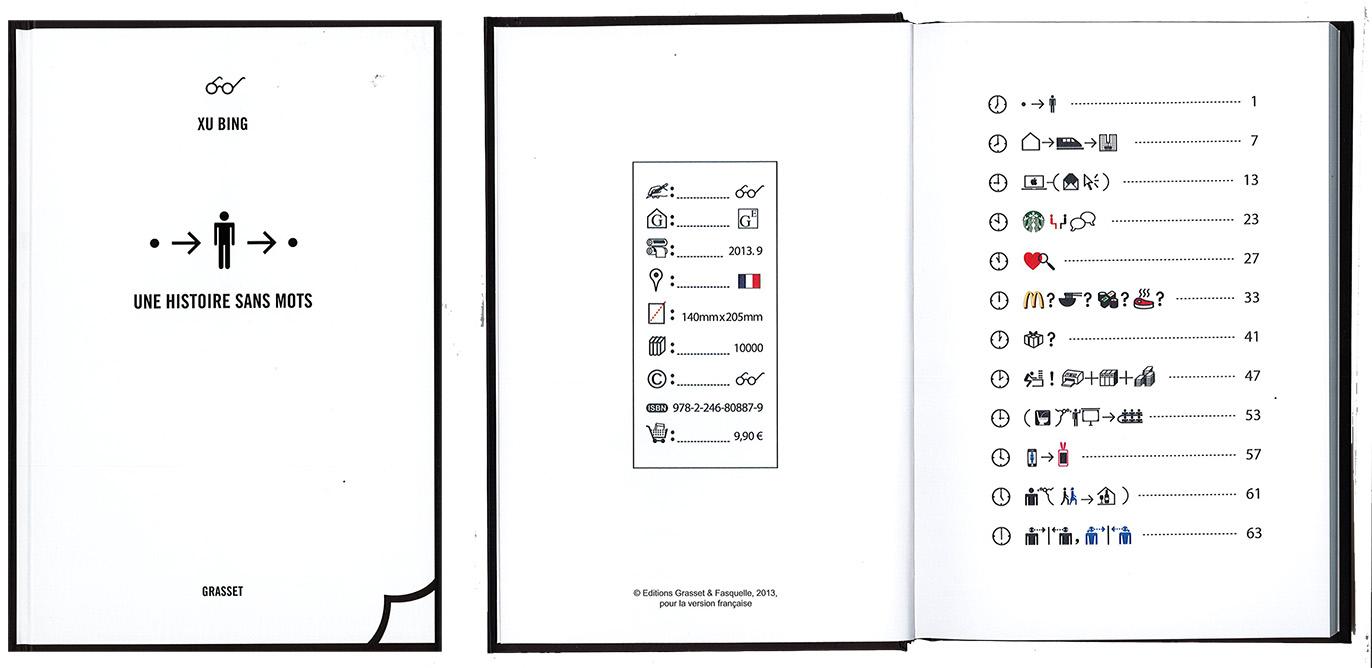PINGPONG#1: writing with images
Summer ping-pong: each week, a treasure from our collections will face a work from the “icons by Susan Kare” exhibition, according to a specific theme!
Manicules

Have you ever spotted in an old book (or a manuscript) these little hands with their index fingers pointing at the passage of a text? These are manicules, from Latin manicula (“little hand”, “sleeve”), typographic marks representing a pointing index, to draw the reader’s attention or mark the interest.
It is no longer used in this way when the typewriter appeared, because it was too small to be seen correctly, but it is one of the oldest symbols still used today!
émojis

Emoji (e = image ; moji = letter in Japanese) are a new type of language in images that appeared in Japan in 1999. The phenomenon then spread in the world thanks to the apparition of emoji in the Iphone keyboard in 2011. More than 170 pictograms were imagined in 12x12 pixels at their creation, but they quickly multiplied. Nevertheless, emoji are not new. The first writings were all made of pictograms (hieroglyphs, cuneiform and precolombian writings…). Try to find these Disney movies titles all written in emoji !
Fun fact : the emoji ? (the most used in the world) was elected Word of the Year 2015 by the Oxford Dictionnary.
Writing with images: Xu Bing's book

Xu Bing is a Chinese artist born in 1955. He graduated from the Priniting department of the central Academy of Fine Art in China and has been since awarded several medals for his work in calligraphy and printing. Questionning writing through his work, Xu Bing stroke out with his first book Book From The Sky. He invented 4000 glyphs looking like Chinese signs that he engraved on woodblocks. He then printed on pages, some being open books, others being ceiling roll or wall scroll. As such, he payed tribute to ancient printing techniques developed in China and Asia while questionning our link with writing.
For his second book, Book From the Ground, he chose to write a book « written in a way that any reader, regardless of one’s cultural or educational background, can understand ».
The project has been ongoing since 2003. Xu Bing has compiled icons used in the public sphere to compose his text. He also created a database software that can translate any English or Chinese word, phrases or sentences in icons. As such, the book doesn’t need a translation, everyone can understand the book, as long as one lives in the contemporary society.
